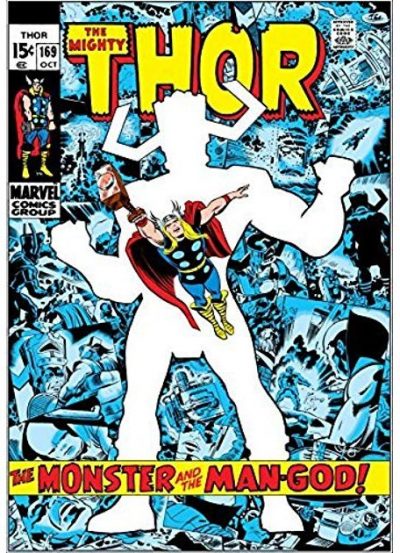
Captain America #155 (November, 1972)
 When Steve Englehart came on board as the new writer for Captain America in June, 1972, your humble blogger had been a regular reader of the series for about ten months — coming on board with issue #144 — after having been an off-and-on one ever since #105, way back in June, 1968. Originally drawn in by #144’s dramatic cover by John Romita (the effect of which was unquestionably enhanced by the Falcon’s sharp new costume design, also by Romita), I’d hung around for the quite enjoyable Hydra/Kingpin/Red Skull multi-parter that had followed, as delivered by writer Gary Friedrich and a cadre of artists including Gil Kane and Sal Buscema. And when that storyline wrapped up in issue #148, I’d stayed with the book — despite the fact that the subsequent yarns concocted by Friedrich’s replacement Gerry Conway weren’t all that compelling. I suppose that inertia may have been carrying me along by that point; that, and the fact that by mid-1972 I was buying the vast majority of Marvel Comics’ superheroic output. In the context of the Marvel Universe as a whole, Captain America felt like a key title, and I didn’t want to miss anything important. Read More
When Steve Englehart came on board as the new writer for Captain America in June, 1972, your humble blogger had been a regular reader of the series for about ten months — coming on board with issue #144 — after having been an off-and-on one ever since #105, way back in June, 1968. Originally drawn in by #144’s dramatic cover by John Romita (the effect of which was unquestionably enhanced by the Falcon’s sharp new costume design, also by Romita), I’d hung around for the quite enjoyable Hydra/Kingpin/Red Skull multi-parter that had followed, as delivered by writer Gary Friedrich and a cadre of artists including Gil Kane and Sal Buscema. And when that storyline wrapped up in issue #148, I’d stayed with the book — despite the fact that the subsequent yarns concocted by Friedrich’s replacement Gerry Conway weren’t all that compelling. I suppose that inertia may have been carrying me along by that point; that, and the fact that by mid-1972 I was buying the vast majority of Marvel Comics’ superheroic output. In the context of the Marvel Universe as a whole, Captain America felt like a key title, and I didn’t want to miss anything important. Read More












